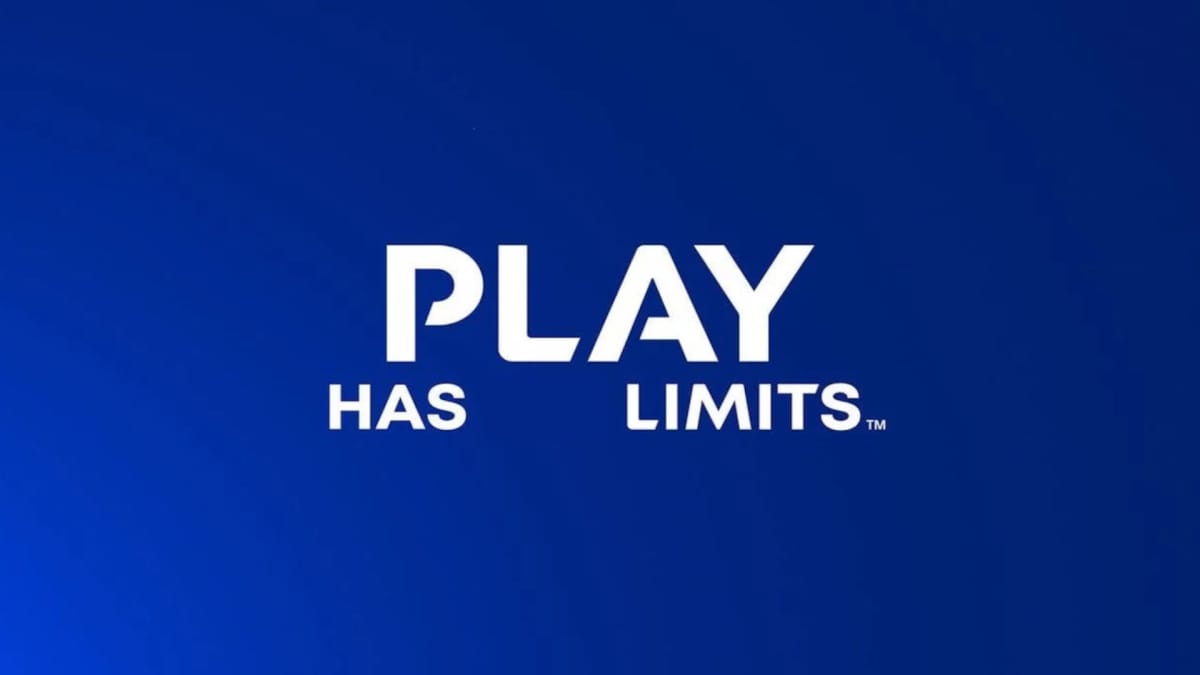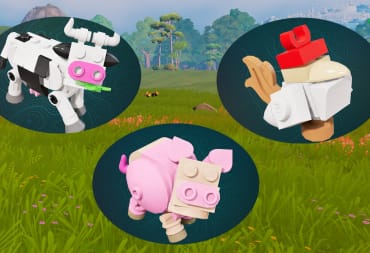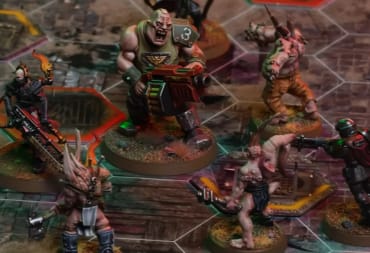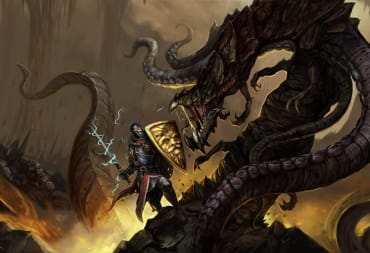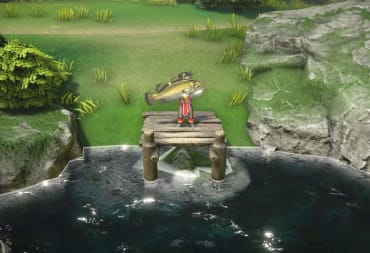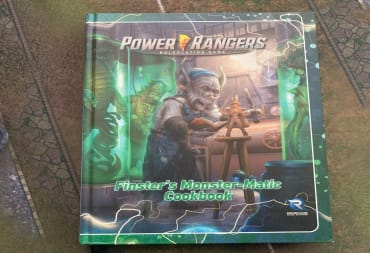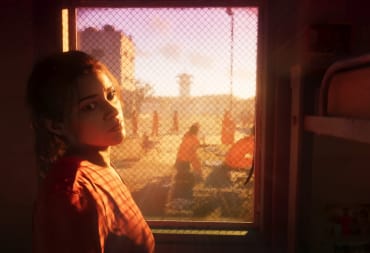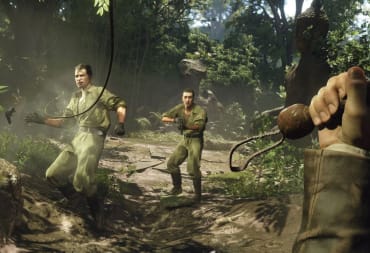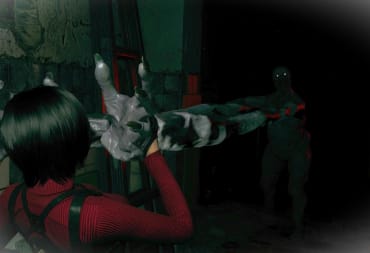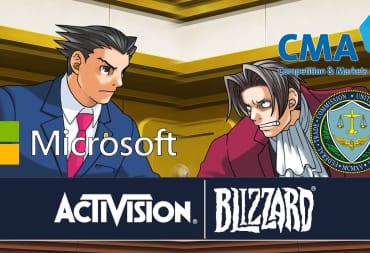The recent rumors regarding the closure of Sony’s digital stores for the PlayStation 3, PlayStation Portable, and PlayStation Vita was no doubt shocking, yet not surprising. After all, on the business side of things this is a pretty straightforward move; they are discontinued services that can fall by the wayside while the PlayStation 5 begins to ramp up production and software.
Yet, Sony is making a big mistake in the world of game preservation. It is a mistake for consumers who will no longer have access to hundreds of games, downloadable content, and other features from their online stores. This is nothing new, but it is becoming an increasing problem as games slowly go digital.
The loss of content for the consumers is going to be paramount. Multiple reddit feeds and websites had already begun to compile lists of downloadable titles that have not been ported on subsequent consoles across all three platforms. Second, we will see a rise of piracy just to preserve and play these games in the near future. Both of these are separate problems with no easy solutions, but ultimately it is up to companies like Sony to consider their actions beyond the bottom line, a tall order that may not ever occur.
On Lost Media
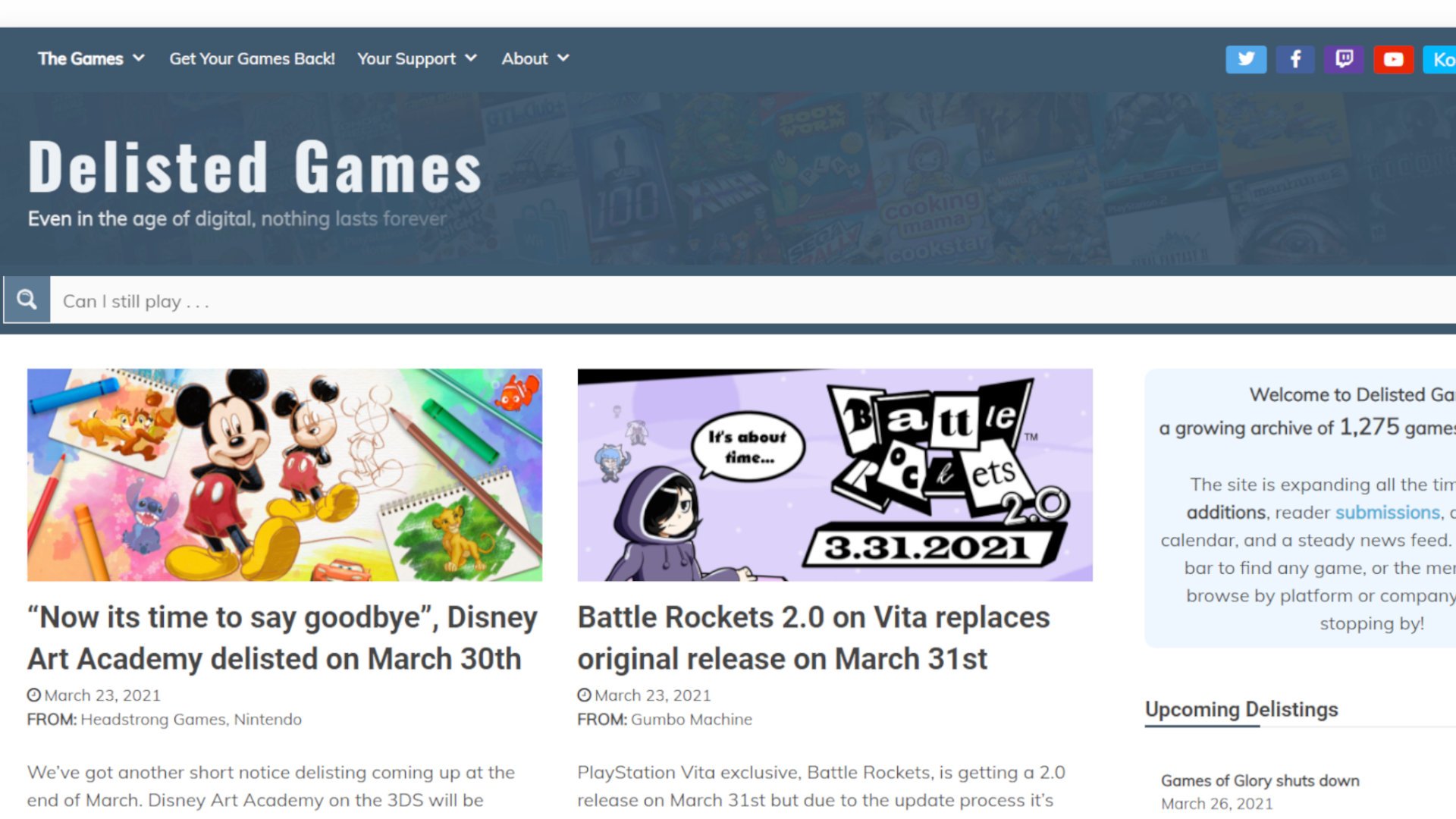
We have conversations regarding lost media all the time. Gaming is incredibly susceptible to this. For years, preservationists have sounded the alarm against the loss of both software, hardware, and production materials due to the relatively short shelf life they all have. The degradation of game cartridges, disks, hard drives, and more are a major problem for preservation efforts, especially for older consoles such as the Sony PlayStation 1 and Sega Dreamcast.
This degradation is problematic for those who own physical machines of course, but it also is a loss for gaming overall. The loss of hardware and software physically has been an uphill battle that many enthusiasts have to grapple with, but this is nothing in comparison to the loss of digital media in the modern day.
Digital products, in theory, have an unlimited shelf life that guarantees longevity beyond the shelf life of a console's disk drive. It also allows for the chance of portability for games from older consoles to newer systems. Backwards compatibility in this regard is often a positive addition to the swiss-army capabilities of a modern console. Still, Sony, Nintendo, and other companies often limit backwards compatibility, or simply ignore it completely.

Sony IE President Jim Ryan has given a reason why this is the case. In an interview with Time back in 2017, he pointed out how few people actually interact with backwards compatibility to begin with.
“When we’ve dabbled with backwards compatibility, I can say it is one of those features that is much requested, but not actually used much,” said Ryan. “That, and I was at a Gran Turismo event recently where they had PS1, PS2, PS3, and PS4 games, and the PS1 and the PS2 games, they looked ancient, like why would anybody play this?”
The threat of this leads to the delisting of games online, a growing problem in the age of digital distribution. A growing archive, simply titled Delisted Games, currently accounts for over 1,000 titles that have been removed from digital platforms already due to expiring licenses, contract disputes between publishers and developers, and lack of access. This will be a growing problem that, coupled with the degradation of physical media over time, will mean some titles may never see the light of day again. Think back to those PlayStations holding Silent Hill PT on it; once all of those systems get corrupted or never work again, Silent Hill PT will no longer be playable by anyone, for any reason.
And that was just a demo. Imagine it now for a game on any system from 10 or so years ago that will never see another re-release.
Strictly Business
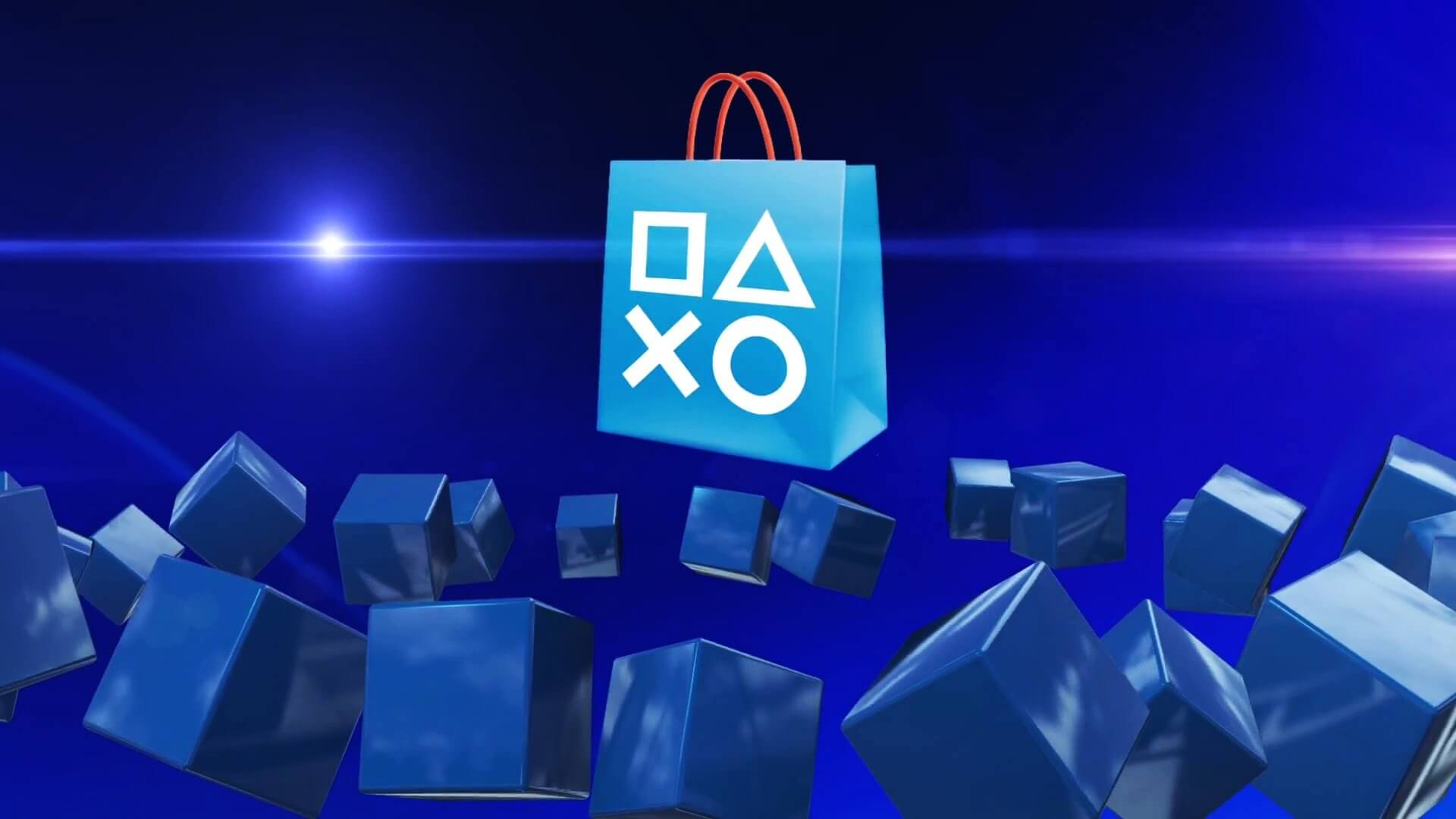
One of the major problems that comes into play with why lost media is a problem is accessibility. Titles from previous consoles or generations, especially digital-only content from the likes of DLC or patch fixes, are versions of media available in a patchwork form for the general consumer. Most of this, of course, is strictly business, and to be fair to game companies, that is not a bad thing inherently.
From the perspective of a publisher, releasing patches or re-releasing a popular game is often good business sense. It capitalizes on a popular product, satisfies the business needs of the company, while providing service to players by bringing forth a classic title. We see this constantly with the influx of remakes and remasters of older games from previous console generations.
The limitations of this, however, can be profound. Take two recent examples to show what I mean: Super Mario 3D-All Stars and Mass Effect Legendary Edition.
Super Mario 3D All-Stars was originally released last September, and contained three ports to three classic Mario titles across three different systems. All three of them are straight ports with only a few changes to the controls of the Wii-exclusive Super Mario Galaxy, but the biggest issue is the limited availability of the title being for sale; Nintendo has stated that they will discontinue the game at the end of March 2021, meaning it will no longer be available for sale both physically and digitally. This move is almost like the fabled Disney vault, a scheme to create demand and scarcity by Nintendo who can wheel out classic titles every so often to offer a re-creation of an older console experience. To say the move didn’t work would be a lie; Super Mario 3D-All Stars sold over 8 million copies already, but Nintendo is showing the gaming world that they are the guardians of their content, a practice that is not surprising considering how they deal with their copyright.
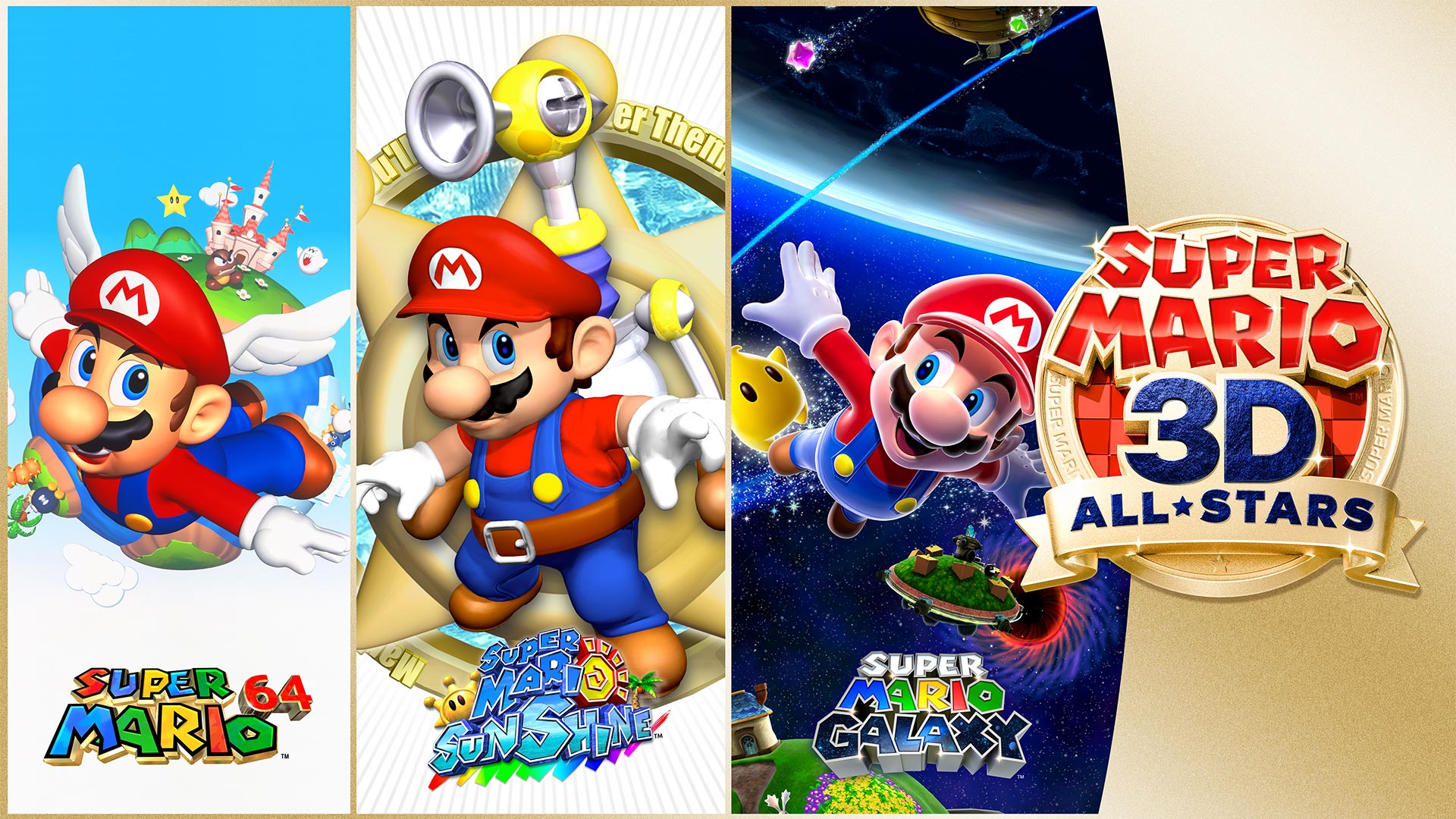
The Mass Effect: Legendary Edition on the other hand is a full-scale remake that updates the oldest game of the trilogy immensely, while providing a fresh coat of paint to Mass Effect 2 and 3 for good measure. By many respects it is pretty bog standard for a remake, but there are two unique aspects to it that need to be mentioned. The first is the loss of multiplayer from Mass Effect 3, which BioWare noted was cut, simply due to time and cost restraints for the remaster. This is effectively the loss of really popular content that is now relegated to play on the online servers of Microsoft and Sony.
The second is the loss of a DLC, Pinnacle Station—one of the more obscure and unnecessary pieces of content to be fair, but still a loss nonetheless. The reason given for its exclusion is due to the loss of the source code, meaning the entire DLC would have to be re-created from scratch to be implemented. Both Pinnacle Station and the multiplayer are only available on older versions of Mass Effect, if at all at this point, and the ability to even play multiplayer on a console like the PlayStation 3 now has a very limited shelf-life.
Both of these examples highlight how difficult accessibility can be. In one case, it is limited by time, money, and what available source code is out there, making any re-release of a game or series of games, like Mass Effect, difficult. It's actually impressive to note that every scrap of DLC outside of Pinnacle Station and the multiplayer DLCs will be available, essentially preserving what were mostly digital-only options for most people. Other games may not be so lucky and may be rendered completely unplayable in the near future, especially online multiplayer titles.
The other case is arguably more predatory. While I don’t hate Nintendo for protecting their IP fiercely—all companies should—making that content scarce and offering it for sale multiple times has been rightfully called out as anti-consumer. Nintendo is effectively saying to players that this content is not dead, not permanently anyway. For a price, and for a limited time, Nintendo offers you nostalgia re-released after over a decade of being obscure on one system. Might want to buy it now, right?
Piracy and Preservation
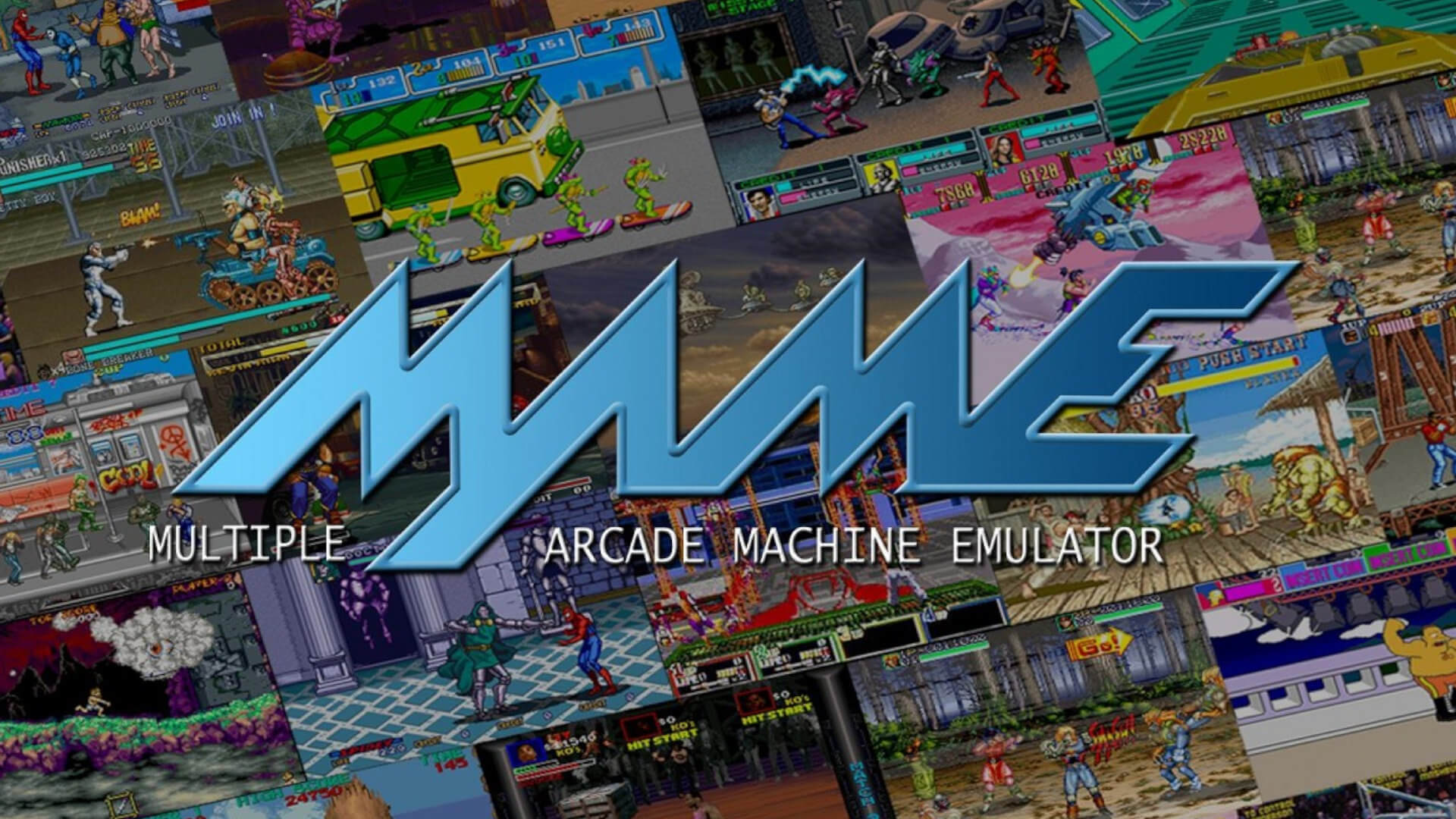
All of these moves, while logical in the cold business sense, open the doors to alternative means for players to access old content. In effect, piracy becomes the norm, even when it doesn’t have to.
Now let’s be clear about piracy, as it is not only still illegal but also morally problematic. Most forms of piracy are unacceptable, and I do not fault companies for cracking down on piracy through the threats of lawsuits and takedowns, especially when folks begin to charge for the re-distribution of pirated material. The only instances where piracy becomes more of a grey area is through access of hard-to-obtain software, or for preservation and emulation of products.
The reason we need to bring up piracy is due to it being the grey-market preservation efforts by institutions looking to preserve not only gaming history but products in the process. The Video Game History Foundation, The Strong Museum of Play, even smaller group efforts, like Forest of Illusion which specializes in the ROMS of games in development, are important institutions for preservation. This past year we were given a definitive look at material from the development of The Legend of Zelda: Ocarina of Time, something that would be impossible without the efforts of individuals willing to emulate and preserve that content.
This mindset should be more of the norm than the exception, but the legality of piracy is a major obstacle. Yet, there is a test case of a more positive form of distribution through mutual cooperation, with id’s Doom being the most shining example. Almost 30 years later, content is still made for Doom and Doom 2 simply due to the toolkits and source code being released publicly with the blessing of id back in 1997.
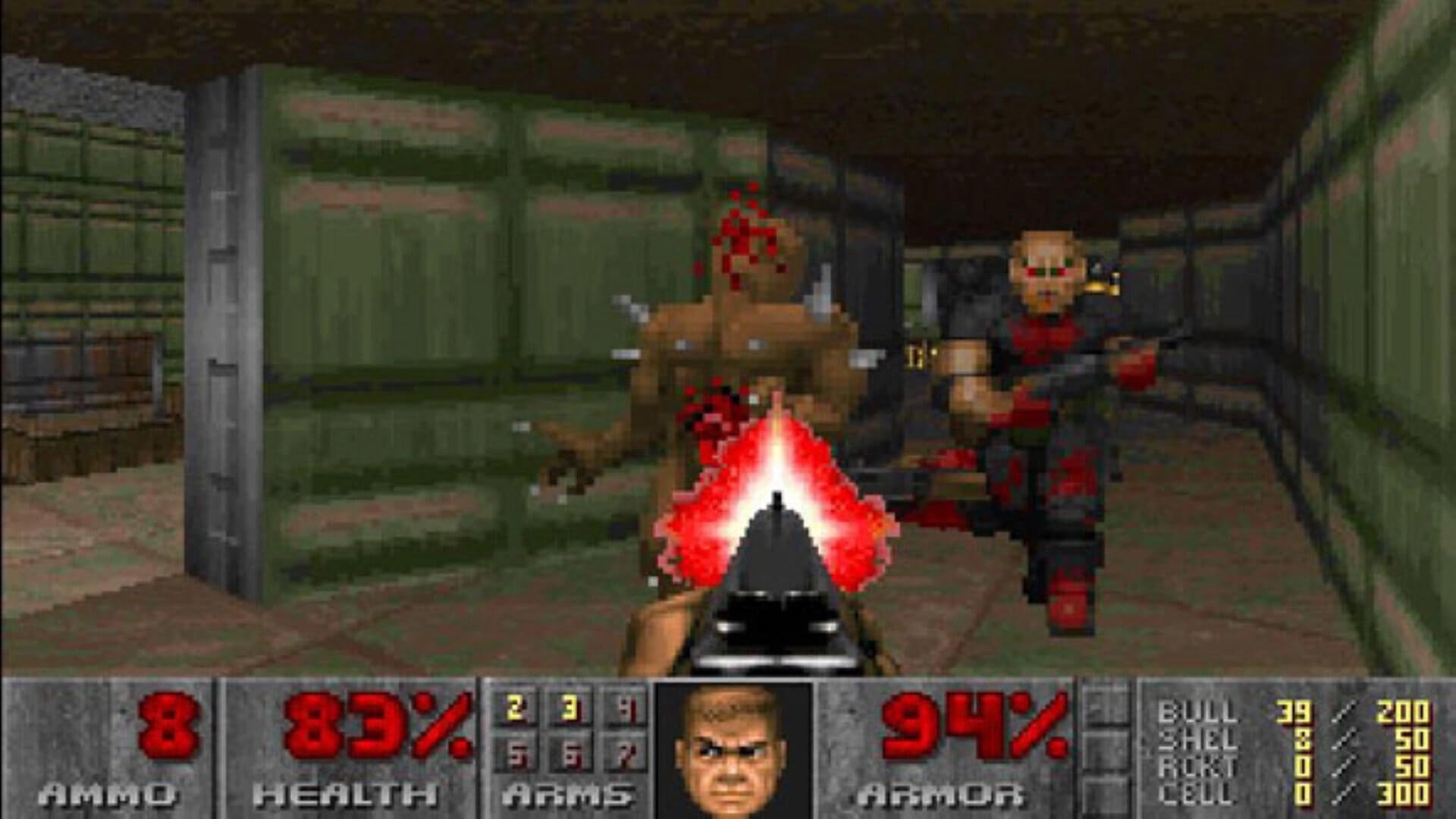
Doom is a major example of the power of sharing the source code as a benefit, and we see through the modding community when companies release the toolkits and engine code publicly, popular titles have increased longevity and relevance attached to it. Preservation of source code by making it available to all guarantees that games have longer shelf lives.
This only, of course, benefits high-profile titles and not smaller games, some of which are in immediate danger to being lost forever, unable to purchase or play on systems due to the shutdown of online features. Piracy mitigates this by downloading emulated versions of these games and dumping them online to continue play, thereby preserving the more obscure works of people which may never be seen in action again.
It is a tough problem, mostly because there are no easy solutions to it. It falls, ultimately, on companies like Sony to allow for content to be preserved, through open source sharing or to non-profit organizations. This is why, if the rumors are true, Sony may be making a mistake.
Final Thoughts
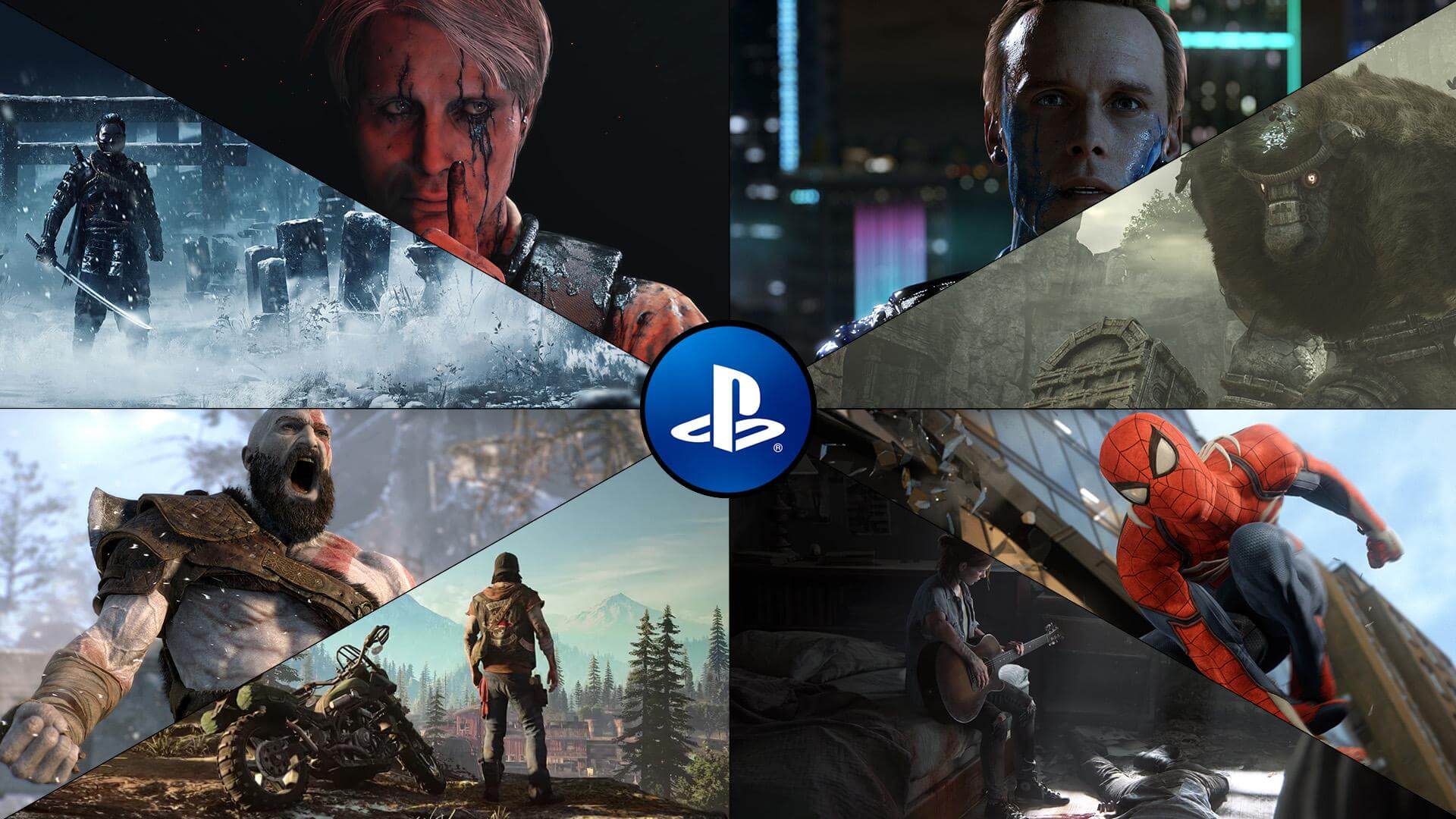
I don’t blame Sony for shutting down their older online servers. There is nothing wrong with it and as a business, it makes sense. The only thing I hope is that Sony realizes why this may be a mistake in another respect. Companies, like them or not, are the biggest weapon we have in aiding game-preservation efforts. Piracy will continue, but working in collaboration with it, publishers and developers can provide a more secure database of titles that are available for everyone to play.
Otherwise, we fall to the legally grey world of what preservation really is, and nothing gets done. Sony, and basically all companies from Nintendo to larger publishers such as Electronic Arts, should consider why preservation is an important step for the industry’s growth as a whole. Providing a safe haven for everything produced, big and small, beyond the bottom line of good business, is the first step to making sure games stay relevant and safe for all.
Have a tip, or want to point out something we missed? Leave a Comment or e-mail us at tips@techraptor.net
